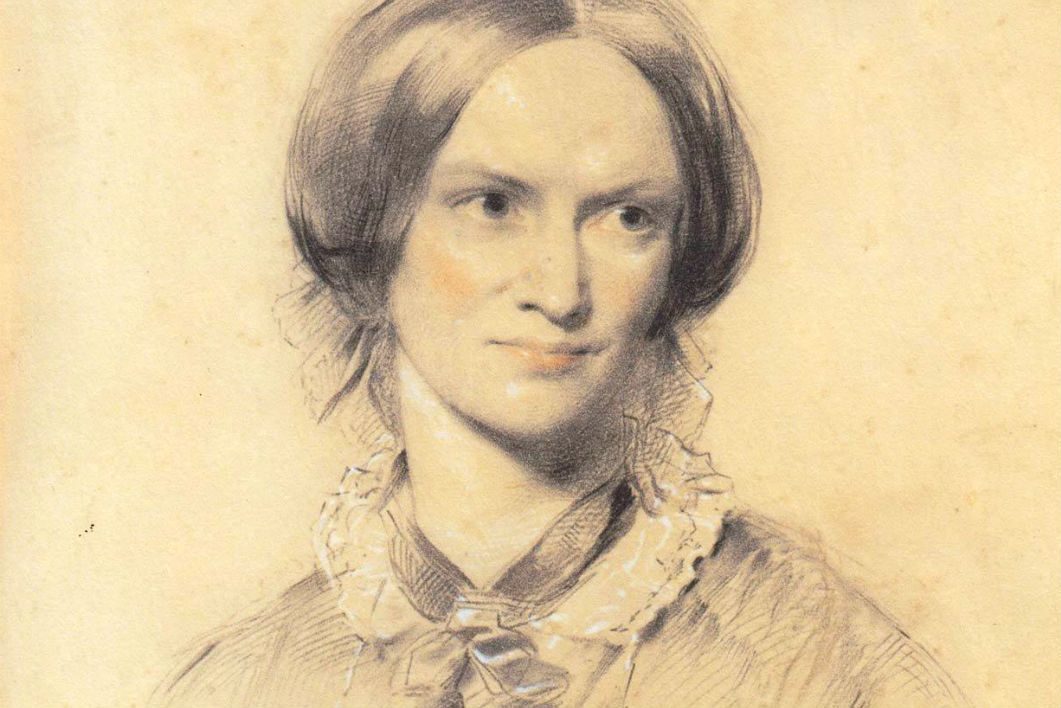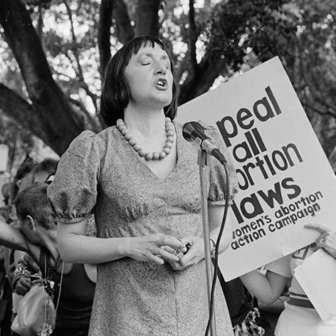The usual shelf life of a hashtag is on par with a tub of really good yoghurt — once opened, the gratification is instant, but it spoils pretty quickly. And yet #MeToo has stuck. Months later, we’re still seeing the phenomenon rippling out, way beyond the Oscars stage, beyond the media bubble, into our own workplaces, around our dinner tables. It’s easy to be cynical about the limitations of this thing, but something has shifted, and it has a bit to do with the media lens that’s been applied to this story.
Women have many reasons to be wary, depressed or downright terrified of the internet. I’ve sat comparing notes with bunches of female commentators and journalists about how often they’re abused online (daily), how many times they’ve taken complaints to the police, and how many death threats they’ve received (in one woman’s case, binders full). No guaranteed safe space exists for a woman online. Especially a lippy one.
And yet… as a tool for social change, the internet, to the extent that we can still refer to it as a single entity, still offers immense possibilities. Algorithms may ultimately kill us all, but the sheer scale of this form of instant mass communication means the screws can be turned on the powerful — but only if enough people unite behind a single message.
Mostly, they don’t. They split apart, atomise, sift into niches and talk to themselves. But #MeToo, with all its flaws and nuances, was undoubtedly a moment of relative unity. Crucially, the momentum dovetailed with a conversation about diversity that’s been playing out online for years now, and has now well and truly bubbled to the surface of mainstream media consciousness.
“You can’t put those stories back in a box,” the New York Times’s Francesca Donner said during a recent conversation at the Wheeler Centre about the media company’s new Gender Initiative. “It kind of started with Harvey, but we use words like ‘avalanche’ and ‘tsunami’ and ‘the dominos falling’ to describe what happened after,” she told us. “There was so much going on and there was so much to kind of make sense of… We didn’t have the answers any better than anybody else did. We were figuring it out.”
Getting the New York Times to admit they don’t know something would’ve been unthinkable twenty years ago. But we’re living in an online world now, with a very online sensibility. Smart, responsive mastheads have learnt to learn from their audience, and the Gender Initiative is the latest project from a media company attempting to remake itself in the digital age.
Despite being voracious consumers of online news, more than half the population are used to seeing their own “issues” corralled into a pink-tinted genre. Think “women’s” sections, specialist publications and curly-fonted “mummy blogs.” Part of the intention of the Gender Initiative is to change the dominant point of view across the entire paper. “We’re working across desks to make sure that gender is this lens that we apply to the stories we’re already telling,” said Donner. “Gender as it crosses everything… culture, sport, politics.”
The scale of this ambition requires unpicking decades worth of assumptions about everything from the wording of headlines to the nuts and bolts of news angles and newsworthiness. As Donner said, “We’re not just looking at who’s telling the stories, but the stories we’re choosing to tell.”
One arm of the new initiative is literally rewriting history by launching the Overlooked project in the obituaries sections. The death desk is seeking to balance the ledger by telling stories of remarkable women who never rated a mention (um, hello Charlotte Brontë). As Amisha Padnani and gender editor Jessica Bennett write, “Who gets remembered — and how — inherently involves judgement. To look back at the obituary archives can, therefore, be a stark lesson in how society valued various achievements and achievers.”
Conversations in newsrooms about “the women problem” have traditionally centred on numbers, or the lack of them, and for good reason. The 2016 Women in Media report found that when it comes to the Australian press and broadcasters, women were only named or acknowledged as the authors of 31 per cent of coverage during 2015. Overall, they represented just 23 per cent of all sources quoted in the news, while men made up 77 per cent.
The ABC’s director of news, Gaven Morris, also acknowledged this giant gap back in 2016. “While much is changing in the media sector,” he wrote, “one thing never seems to: white, middle-aged men continue to dominate in front of the cameras and microphones.”
But while this kind of talk used to circle back to a pretty unhelpful debate about quotas, it’s now taking place under the umbrella of an even bigger conversation about diversity. The phenomenon routinely dismissed by critics as “identity politics” has the potential to reflect and elevate a multitude of first-hand perspectives, and the mainstream media is just now catching up.
As Katharine Viner, editor-in-chief of the Guardian, wrote in “A Mission for Journalism in a Time of Crisis” at the end of last year, “If journalists become distant from other people’s lives, they miss the story, and people don’t trust them. The Guardian is not at all exempt from these challenges, and our staff is not diverse enough. Because of our history, values and purpose, we are committed to addressing these issues — but there is still a long way to go.”
All of which means that some sections of the mainstream media are starting to talk about gender very differently. As Lauren Rosewarne wrote in Meanjin recently, “The rise of identity politics, our heightened awareness of, and sensitivity about, gender fluidity, race, class and ability, means that the idea of ‘women’s media’ — of readers being segmented based on assumed anatomy — is being put under greater scrutiny.”
The surge in interest can result in a deeply unhelpful call-out culture, but it’s also forcing a conversation about deep-seated newsroom assumptions. If the debate used to centre on the death of objectivity and impartiality, it’s now all about the (points of) view.
The diversity imperative is pushed along by the global aspirations of big media outlets like the New York Times, which are looking at ways to enlarge their international audiences. But it’s only working for them because readers are interested. “This is not about quotas, it’s not about worthiness, checking a box for the sake of it,” said Donner. “People are genuinely interested in this stuff.”
Australian writer Matilda Dixon-Smith, also on the Wheeler Centre panel, has found editors a lot more receptive to pieces about gender issues over the past two years, and for the same reason — because people are interested. When it comes to the #MeToo momentum, that interest equates to inviting women to tell stories about behaviour that has been unquestioned, and taking their accounts seriously. As Dixon-Smith says, “people have found this outlet, and #MeToo is just the name we give it… it’s so much more than that.”
Of course, this conversation is happening mainly in progressive media circles. For every Gender Initiative, there’s Charles Wooley subjecting the “attractive” prime minister of New Zealand to a line of questioning straight out of Anchorman. And there’s still no shortage of headlines for journalist Jane Gilmore to take her red pen to as part of her #FixedIt campaign. But we are witnessing the beginnings of a new way of thinking about who is shaping, presenting and packaging the stories we consume, and some of the coverage of #MeToo echoes that approach.
#MeToo invites people to consider things from women’s perspectives, and it turns out that they actually are. Read that sentence again, because it’s more revolutionary than it sounds. The lens has blurred, refocused and suddenly we’re seeing the story from the point of view of the token female character in the corner of the screen. Let’s hope the camera lingers for a little while yet. •




